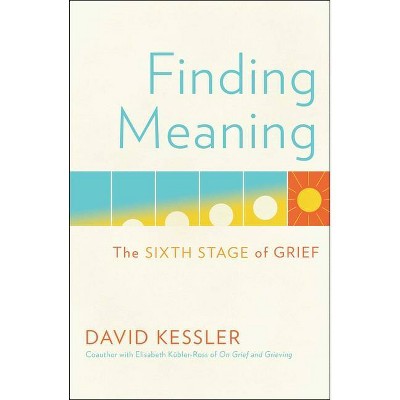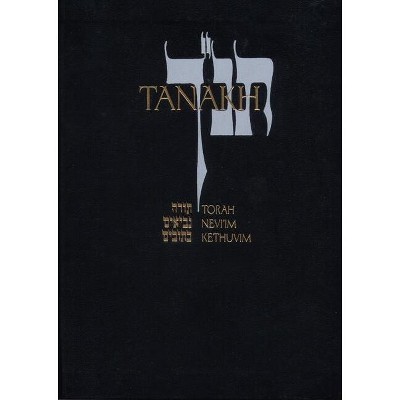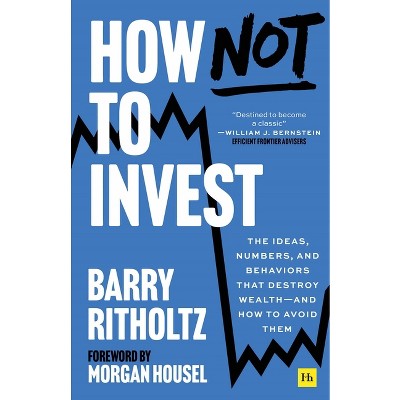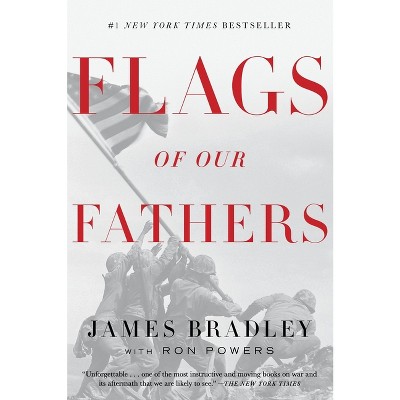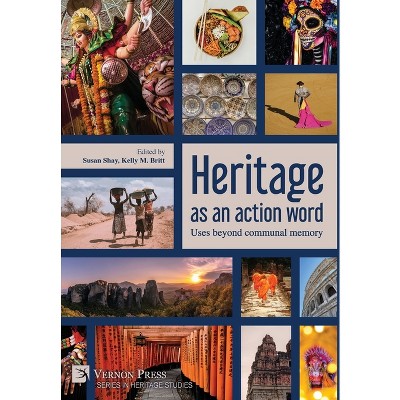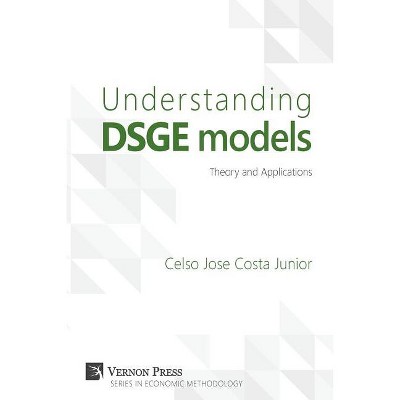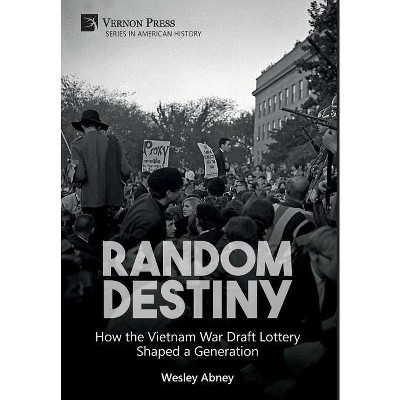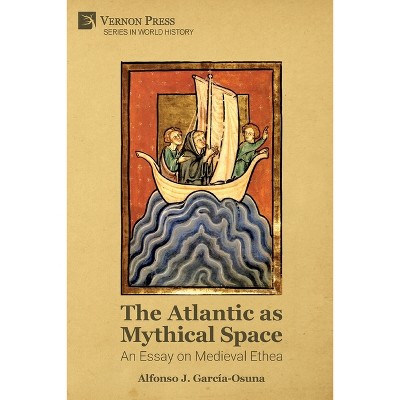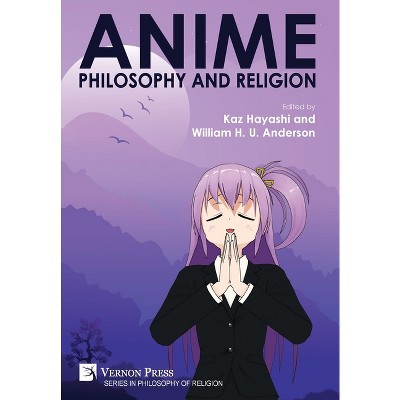About this item
Highlights
- In 1866, Alexander Dunlop, a free black living in Williamsburg Virginia, did three unusual things.
- Author(s): Emily Williams
- 286 Pages
- Social Science, Archaeology
- Series Name: Heritage Studies
Description
Book Synopsis
In 1866, Alexander Dunlop, a free black living in Williamsburg Virginia, did three unusual things. He had an audience with the President of the United States, testified in front of the Joint Congressional Committee on Reconstruction, and he purchased a tombstone for his wife, Lucy Ann Dunlop. Purchases of this sort were rarities among Virginia's free black community--and this particular gravestone is made more significant by Dunlop's choice of words, his political advocacy, and the racialized rhetoric of the period. Carved by a pair of Richmond-based carvers, who like many other Southern monument makers, contributed to celebrating and mythologizing the "Lost Cause" in the wake of the Civil War, Lucy Ann's tombstone is a powerful statement of Dunlop's belief in the worth of all men and his hopes for the future. Buried in 1925 by the white members of a church congregation, and again in the 1960s by the Colonial Williamsburg Foundation, the tombstone was excavated in 2003. Analysis, conservation, and long-term interpretation were undertaken by the Foundation in partnership with the community of the First Baptist Church, a historically black church within which Alexander Dunlop was a leader.
"Stories in Stone: Memorialization, the Creation of History and the Role of Preservation" examines the story of the tombstone through a blend of object biography and micro-historical approaches and contrasts it with other memory projects, like the remembrance of the Civil War dead. Data from a regional survey of nineteenth-century cemeteries, historical accounts, literary sources, and the visual arts are woven together to explore the agentive relationships between monuments, their commissioners, their creators and their viewers and the ways in which memory is created and contested and how this impacts the history we learn and preserve.
Review Quotes
Inspired by the discovery of two intentionally-buried tombstones, Williams presents a thorough analysis that incorporates race, commemoration, and memory across several generations. The author illustrates how various constituencies over time interacted with - even buried - these markers in order to manipulate memory in deliberate and consequential ways.
During the mid-1800s, influential community leader Alexander Dunlop seized the opportunity to proclaim his family's embodiment of American values as examples of his community's potential to contribute to the American nation. This occurred during a period in which the paradox of enslavement in American democracy became unsustainable. Dunlop designed his family's tombstones to communicate their Christian mores and American identity. The markers adroitly broadcast his aspirations for the nation's future while employing non-threatening messaging through epitaphs, iconography, and material choice.
Williams presents an engaging narrative of memory, commemoration, and agency through object biography, demonstrating that the visibility of the tombstones and their aspirational messages were not passive reflections of the individuals memorialized, but actively communicated a vision of the future in which all Americans - even those formerly enslaved - participated. She deftly relates contemporary dialogues about Confederate monuments and memorial creation, using the Dunlop family gravestones as one case study. Through Williams' clever, micro-historical analysis, these tombstones demonstrate both the mutability and endurance of their powerful messages over the generations.
Williams' investigation epitomizes the potential of object biography and microhistory. "Stories in Stone" is enlightening, inspiring, and instructive. Its multidisciplinary approach has broad appeal for a variety of audiences, including those interested in anthropology, history, historic preservation, civics, conservation, linguistics, and race.
Laura J. Galke
Chief Curator
Virginia Department of Historic Resources
This is a sophisticated and highly contextualised study that places a small group of memorials in their various contexts, indicating the ways in which material culture can have complex biographies, which are not only commemorative but also seen as dangerous and subversive by some.
Although working out from very few objects, this study relates to a series of larger issues, both in terms of time and place, and theoretical and methodological issues. It is a valuable contribution to material culture studies, as well as gravestone studies and historical archaeology.
The conservation aspect is particularly welcome; conservation is often portrayed as having ethics regarding authenticity and truth to materials, but not the wider implication so of decisions around conservation (or not).
The Post-Bellum world of Virginia has a social-cultural dynamic of its own but part also of that of the South; this revisited the monument with its burial in the early 20th century. Here the micro-history and object biography combine with larger-scale forces that make the study of wide significance.
Harold Mytum
Professor of Archaeology,
School of Histories, Languages and Cultures, University of Liverpool
Shipping details
Return details
Trending Non-Fiction
